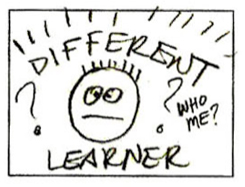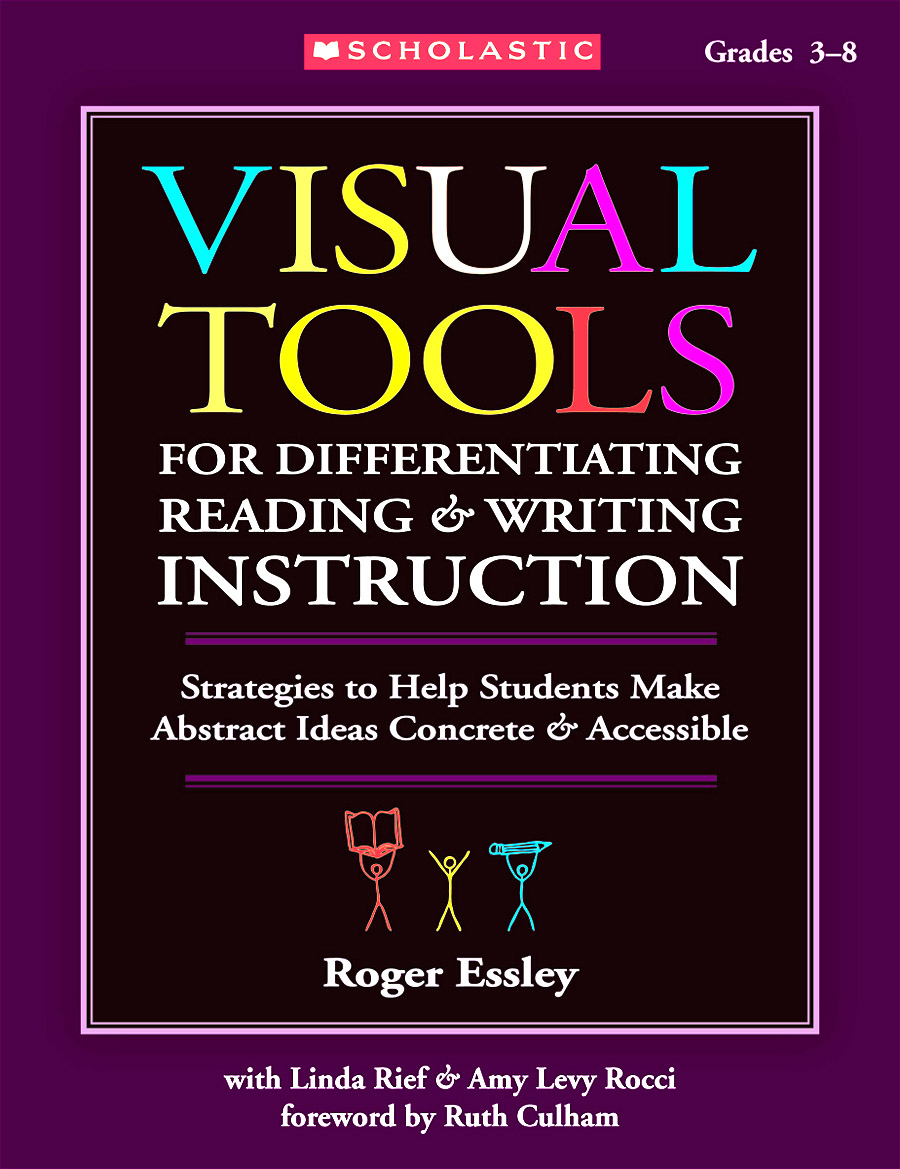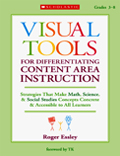Visual Classrooms
Visual Classrooms — Tools Learners Show Us They Need Now!
The groundbreaking Visual Tools and strategies highlighted on this site were all built by teachers collaborating with their learners to see what works for them. For teachers new to visual tools, two Scholastic books (right) offer both the practical how-to and some of the “why-to” as well. Students show us visual tools are essential if we hope to reach all learners.

Sharing What Works
Look here for new material, teachers sharing more ways to integrate visual tools in any curriculum. I’m hoping to share new strategies and explore research that shows why visual tools are a classroom essential.
Soon I hope to invite teachers long experienced with using visual tools to share what they are doing in a Teacher Forum.

Addressing Disabilities
Visual Tools have long been recognized by specialists to offer unique support for learners who struggle, including students labeled with a wide range of disabilities from language processing to autism spectrum issues. We’ll explore the ways visual tools work for “different” learners, giving a alternative path to the learning goal. But equally important we’ll challenge pervasive learning myths that often limit students and teachers choices.
Get an introduction to the dramatic way visual tools enhance learning with a piece first published in Voices From the Middle, The Odd Fish Story, about a boy who “couldn’t” be included in the mainstream language arts and the transformation that takes place when adults try using visual tools for writing.
Books
Teachers looking for practical tools for their classroom, now have two books that offer a remarkable array of road tested visual tools and strategies that work for learners.
In 2008, , Scholastic published Visual Tools for Reading and Writing, (Left) offering a coherent set of visual strategies and tools that engage reluctant writers and support weak readers. Click the cover to get an overview / preview of this book.
In 2010, the companion book, Visual Tools for the Content Areas, takes visual learning to the next level, showing how these same tools are easily adapted to the diverse content from vocabulary to note taking to content integration. Indeed students’ work will show how visual tools make any content, from Social Studies to Physics, to Math story problems, easier for students to grasp and synthesize.


